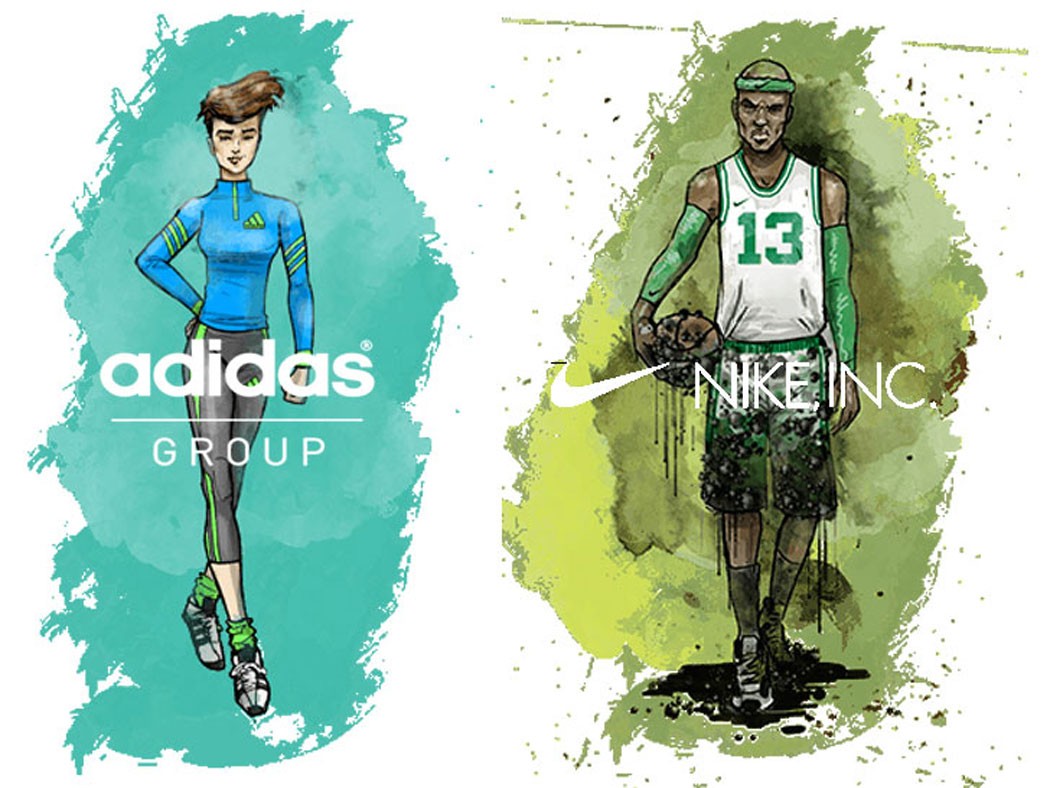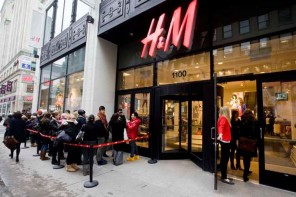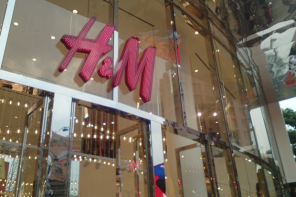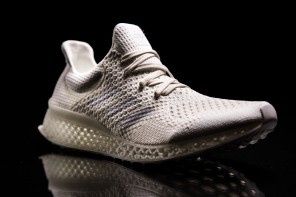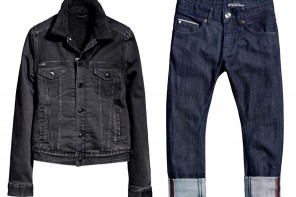According to a report on Ecouterre, Adidas seem to have cleaned up their act when it comes to chemicals in clothing, while Nike has been dubbed a “greenwasher”. A year and a half after Greenpeace branded it a “Detox greenwasher,” the sportswear giant is now “back on track” as a leader in eliminating hazardous chemicals from its supply chain. Rival company Nike, on the other hand, has made scant progress since it committed to the Detox challenge in 2011, says the environmental group. “Despite putting considerable resources into its chemicals program over many years, Nike’s perpetual development of multiple tools has failed to deliver real changes on the key issues of the Detox campaign,” notes Greenpeace on its updated “Detox Catwalk” website, which lays bare how effectively major fashion brands are addressing toxic pollution. “Instead of working with urgency to eliminate hazardous chemicals, Nike is hiding behind weak commitments whilst portraying themselves to consumers as fashion-conscious industry leaders.”
Toxic Fashion
Worse than Nike, however, are what Greenpeace dubs the “Detox losers.” Joining the ignominious ranks of Georgio Armani, Gap, and PVH Group (Calvin Klein, Tommy Hilfiger, et. al.) this year are Diesel, Dolce & Gabbana, Hermes, LVMH (Dior, Louis Vuitton, EDUN, et. al.), and Versace.
Greenpeace launched its Detox campaign in 2011 to rally fashion brands to committing to the zero discharge of hormone-disrupting industrial chemicals—such as perfluorinated compounds, nonylphenols, heavy metals, and phthalates—from their supply chains by 2020. The companies are also required to disclose any discharge of toxic chemicals from their facilities, particularly to communities residing at the site of the pollution.
“Increased supply chain transparency is good practice for sound chemical management, which will help decision makers draft and promote solid policies in China,” says Liu Jianguo, associate professor at the College of Environmental Sciences and Engineering at Peking University, in a statement for Greenpeace. Once companies are transparent, the public then has a chance to monitor what’s happening in the industry – they have a chance to take part in the risk management of chemicals. In fact, it promotes good governance of this issue.”
The 18 brands that have, to date, pledged to Detox, represent 10 percent of the global apparel and footwear market, according to Yixiu Wu, Detox campaigner of Greenpeace’s East Asian arm. “We believe this momentum is creating a new standard in sustainable fashion: opening up secretive supply chains and finally showing that beautiful clothes can be made without pollution.”
The Detox Catwalk demonstrates, however, that some companies are better at living up to their promises than others.
“This year’s Detox Catwalk shows that 16 fashion companies have started eliminating some of the most widely used toxic chemicals,” Wu adds. “They have also started releasing the pollution data of their suppliers to an independent online platform, all of which is groundbreaking and leaves companies like Nike far behind.”
DETOX LEADERS
Adidas*
Benetton*
Burberry*
C&A*
Esprit*
Fast Retailing (Uniqlo)*
G-Star Raw*
H&M*
Inditex (Zara)*
Levi Strauss*
Limited Brands (Victoria’s Secret)*
Mango*
Marks & Spencer*
Primark*
Puma*
Valentino*
DETOX GREENWASHERS
Li-Ning*
Nike*
DETOX LOSERS
Bestseller
Diesel
Dolce & Gabbana
Gap
Giorgio Armani
Hermes
LVMH
Meters/bonwe
Only the Brave
PVH Group (Calvin Klein, Tommy Hilfiger)
Vancl
Versace
*Greenpeace Detox partners
Source: Ecouterre

